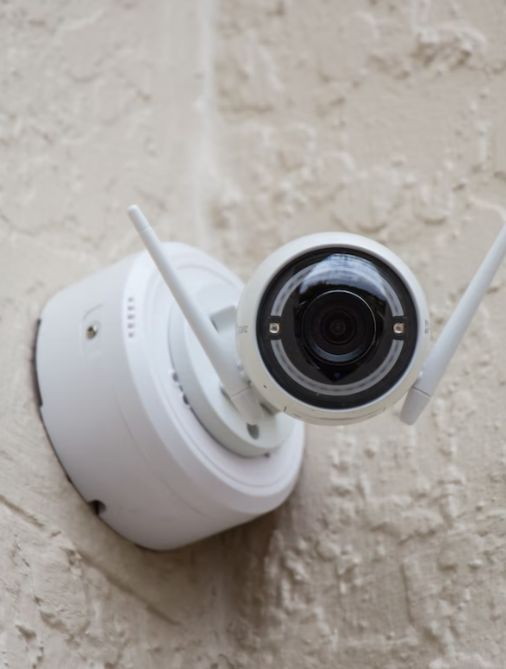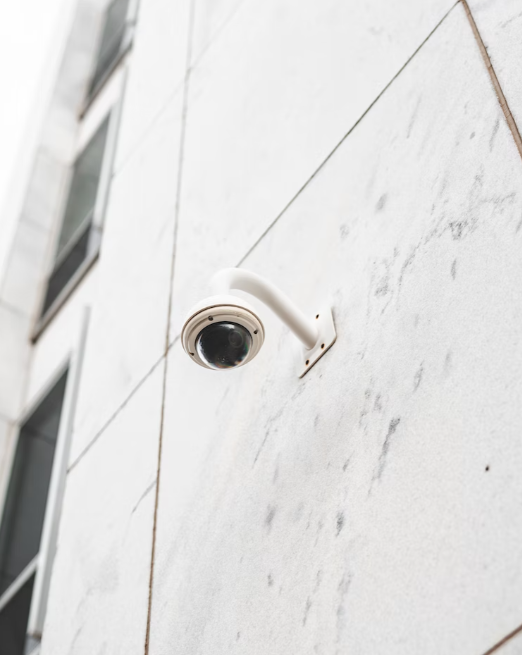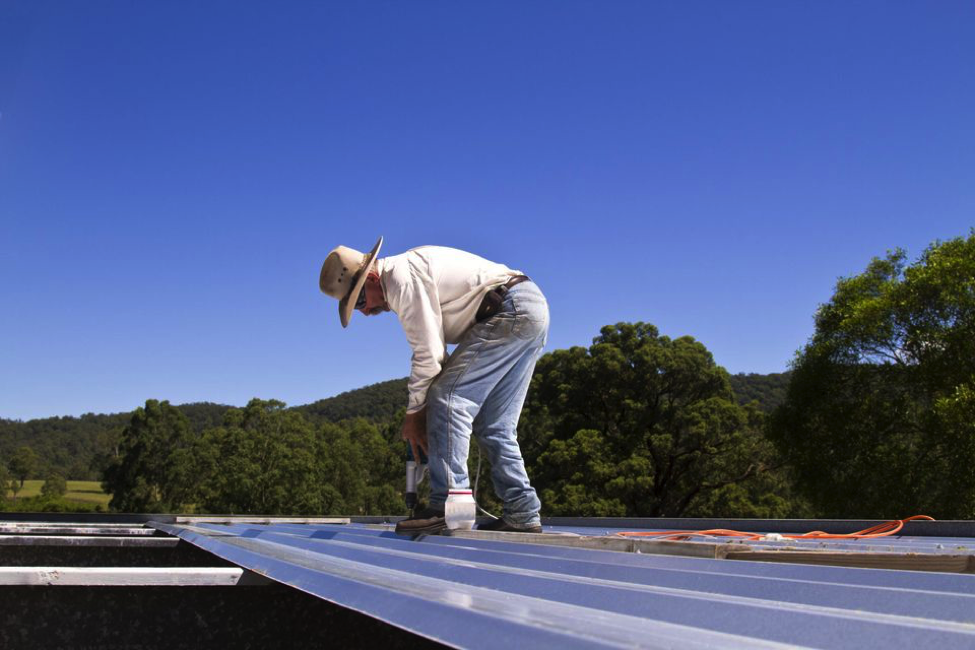How To Choose the Right Dome Camera for Your Security System

Are you looking for the perfect dome camera for your security system?
 Photos By: Stock Images
Photos By: Stock Images
With so many options available, it can be difficult to know which one will work best for your needs. In this article, we’ll discuss the different features of dome cameras and how to choose the right one for your system. Keep reading to find out more.
Learn About the Purpose of Dome Security Cameras
Dome cameras are popular due to their discreet design and easy installation, making them ideal for non-intrusive security monitoring. However, not all dome cameras will suit every application, so it’s important to know what features you need before purchasing one. A dome camera is a type of closed-circuit television (CCTV) camera that’s most commonly used in retail stores, banks, casinos, and other public places. Dome cameras are equipped with features that make them ideal for security purposes. They’re usually mounted on the ceiling or wall and are capable of capturing wide-angle views. Dome cameras are also typically equipped with night vision and motion detection capabilities, which allow for round-the-clock security. The main benefit of a dome camera is its discreet design. Its domed shape makes it difficult for intruders to tell which direction the camera is pointing, making it an effective deterrent against potential thieves. Additionally, the dome shape prevents tampering, as it’s difficult to reach and manipulate the camera’s wiring or lens.
Think About Lens Size and Viewing Angle
Choosing the right dome camera for your business depends on many factors, including lens size and viewing angle. The size of the lens will determine how much light is allowed in to capture an image. A larger lens allows more light in, making images crisper and more detailed; however, it can also cause a wider field of view that covers more area but with less detail. On the other hand, a smaller lens allows less light in but provides a narrower field of view which captures better details within its limited range. The viewing angle should be chosen based on where you want to monitor or record activities. For example, if you need coverage around corners or multiple levels, then a wider angle is desirable because it will capture more space at once without needing to pan around too frequently. If you’re monitoring activity within one room, then a narrower angle may be sufficient as it would provide greater detail over a shorter distance. Additionally, depending on how far away the subject is when being monitored or recorded should also factor into this decision since wide angles tend to distort images further away from them while narrow angles provide better clarity at longer distances.

Know the Difference Between Analog and IP Cameras
When it comes to choosing the right dome camera, understanding the differences between analog and Internet Protocol (IP) cameras is essential. Analog cameras are the traditional type of CCTV systems that have been widely used since they were first introduced in the late 1960s. These cameras use coaxial cables and transmit a video signal which can be monitored remotely or on-site. The main advantage of an analog camera is its affordability and flexibility as it can easily be installed anywhere. However, this also means that these types of cameras are more susceptible to interference from outside sources such as weather or other electromagnetic signals. In contrast, IP cameras utilize digixtal technology rather than analog signals to monitor and record video footage. This allows for higher-resolution images with greater clarity compared to older analog models and eliminates interference from external factors like electromagnetic waves which could distort or interrupt transmission quality with an analog model. Moreover, because IP cameras connect directly through an internet connection, they allow you to access live streaming footage remotely via a computer or mobile device at any time without having to physically travel on-site each time you want to view recorded data. Ultimately, both types of dome cameras offer distinct advantages depending on your individual needs.
Overall, selecting the right dome camera for a security system is essential for providing a secure and reliable video monitoring system. It’s crucial to evaluate a variety of factors, including the environment in which the camera will be used, the types of features that the camera should offer, and the budget allocated for the camera. With the right selection and installation, a dome camera can provide reliable security, helping protect people, property, and assets.






